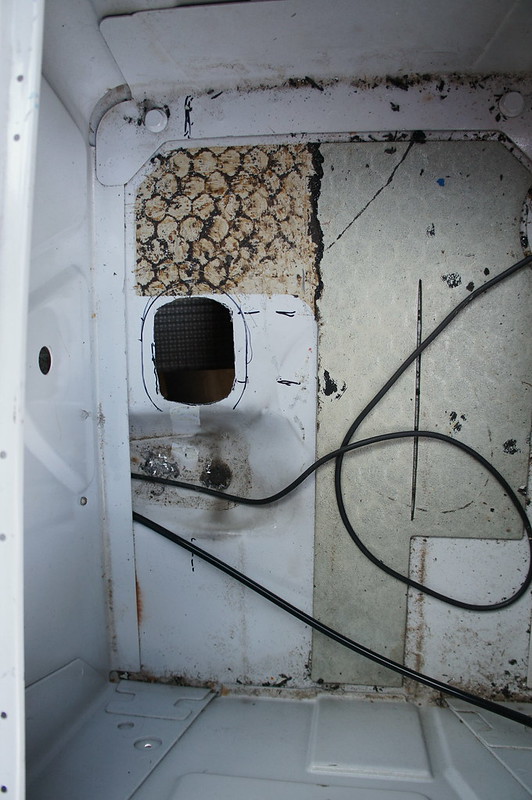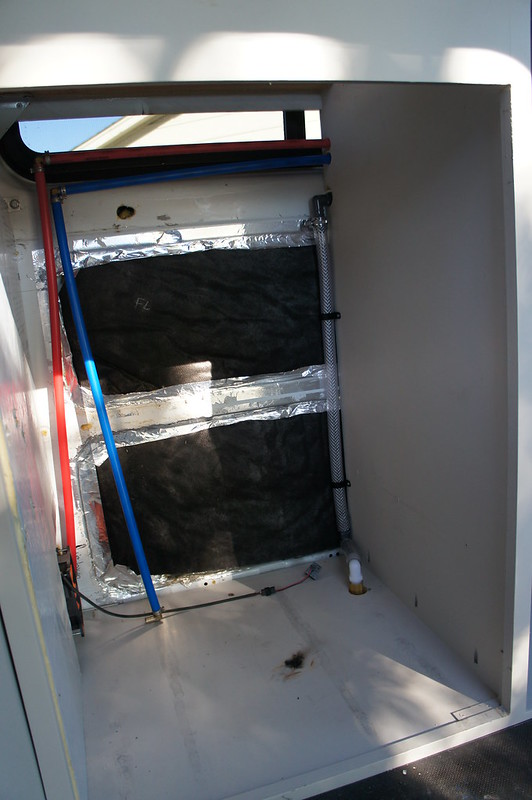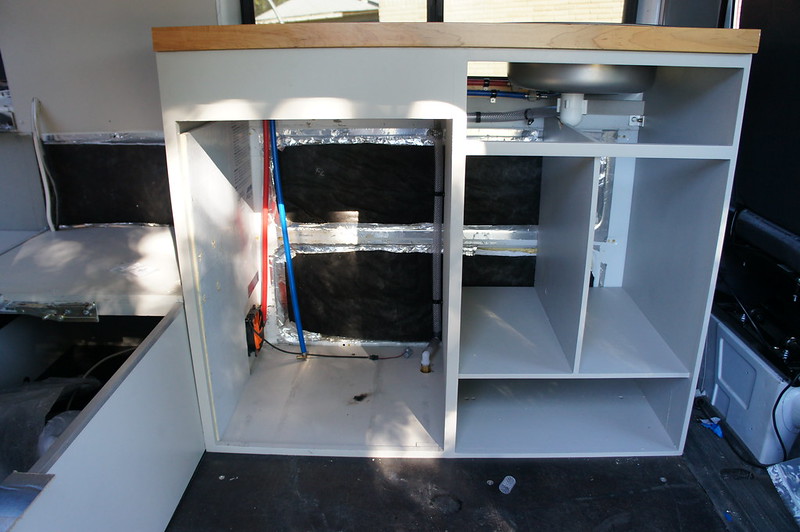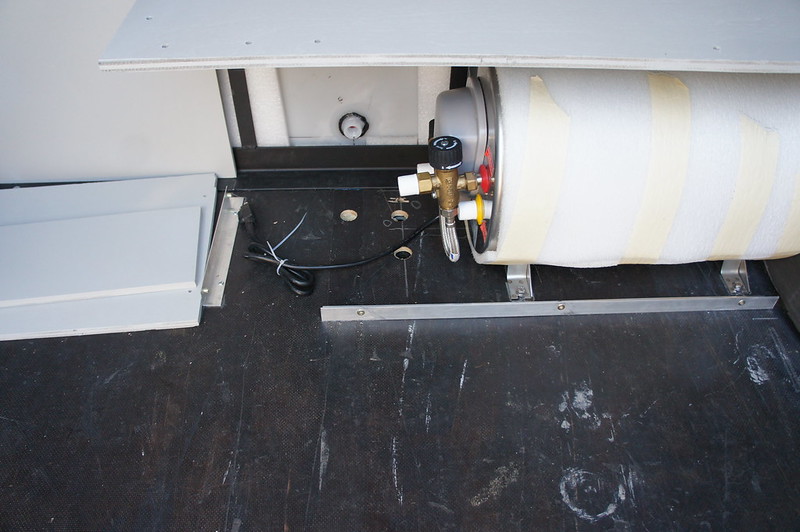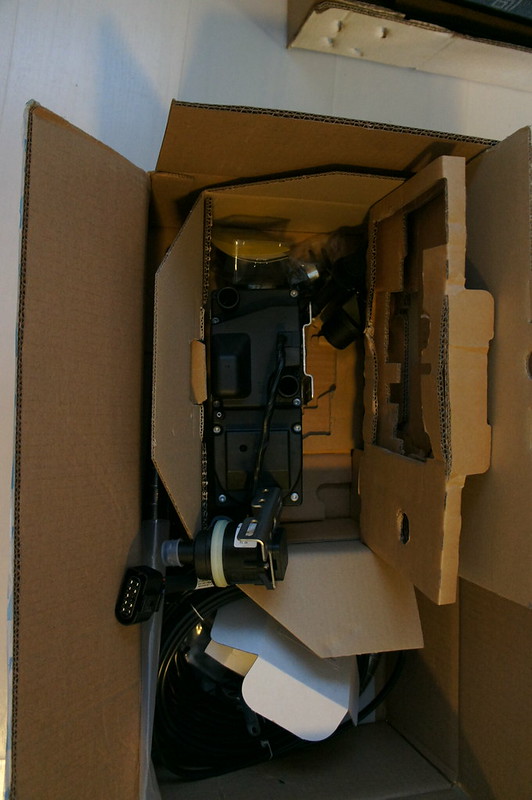What does travel cost you?
We get this question occasionally. Up until recently its been a hard to answer. Only the most serious dreamers and vagabonds get far enough to consider the raw cost of long term travel. To muddy the waters further expectations vary wildly. What levels of inconvenience are you willing to accept? Are you a five star type of person? For this reason I can only address what is costs to travel in our style.
If overland travel is your thing, take a look at the Drive Nacho Drive blog here. They helped inspire us to go big. They have a detailed list of every dollar spent in 3 years traveling the world in their Vanagon.
For every traveler there are three main expenditure groups; Food, lodging, and transportation. Every dollar saved on these items increased the time we could travel and the amazing places we could experience. We try to maximize our cost/comfort ratio and still get where we want to go.
Food
While widely variable in cost and variety we are generally able to keep the same budget we had here in the states. We usually eat out one or two meals a week and cook the rest ourselves using whatever is reasonable priced locally. Being able to store food in the fridge and cook as needed is much cheaper than being forced to purchase prepared meals. (Go van!) Pro-Tip; Avoiding tourist traps and following the locals is generally the ticket if you need a quick and easy meal.
Lodging
This is where the van shines. Short term lodging with any semblance of privacy is anywhere from 20-100$ a night. With some planning we could often just park the van and “boondock” for free. Even when we had to pay for facilities it usually was less than $20 a night. In the end we slept in the van for 90% of nights. (Go van!) Of course we don’t have air conditioning which can be tough in warm/humid climates. Thankfully our home is mobile, so we just aim for higher latitudes/altitudes.
Transportation
We do occasionally fly between locations or to visit family when on the road. The vast majority of our transport is by van (obviously). Total costs for driving the van include fuel and maintenance. When needed we occasionally use local transport such as ferries, trains, and buses.
Big Ticket Items
Some large expenditures can be planned well in advance of a trip. In the case of our upcoming trip to Australia, these are flights and shipping the van. We generally don’t include these big items in our monthly budget. Instead these are accounted for as pre-trip expenses (such as necessary equipment). There is always the unknown factor, so we have a substantial budget for “other” items. These also include visas, border fees etc.
How much do you budget?
Below is our baseline budget when we are on the road. As you can see budgeting around $2,000 per month is a good estimate for us. With all the big ticket items amortized into the total, our monthly costs for this trip will be about $2,500. We are often came in under budget by 10-20%. As you can see, it’s very possible to live comfortably on around $30,000 a year and still travel! For those on a shoestring budget it’s possible to make due on $25,000 or even less for a single person.
Item | Cost/Month |
Food | $450 |
Flights | $250 |
Fuel | $500 |
Vehicle Maint. | $100 |
Lodging | $250 |
Transport | $70 |
Other | $400 |
Entry Fees | $100 |
Total | $2,120 |
How long did you need to save?
For our upcoming trip we need about $51,000 plus flights and shipping. It all totals to around $60k. It may seem like an impossible number to many. I can assure you that it is definitely attainable. For us it is going to take a bit less than 30 months to accrue the funding. It will take that long to get our new van ready anyhow. And yes, we are still investing for retirement.
Can I do this?
Yes*. I believe almost everyone can achieve similar results if they are willing to make the sacrifices (some would call them improvements) in their life.
(*It might not be easy.)
Here is my advice;
Dream Big
Make a Plan
Jump


